Specifications
| book-author | James Stewart, Troy Day |
|---|---|
| publisher | Cengage Learning; 1st edition (July 22; 2015) |
| file-type | |
| pages | 1032 pages |
| language | English |
| asin | B012TL2O1K |
| isbn10 | 1305114035 |
| isbn13 | 978-1305114036 |
Book Description
Biocalculus: Calculus; Probability; And Statistics For The Life Sciences shows college students how calculus relates to biology; with a style that maintains rigor without being overly formal. This etextbook motivates and illustrates the topics of calculus with examples drawn from many areas of biology; including pharmacology; biomechanics; genetics; physiology; ecology; epidemiology; medicine; and evolution; to name a few. Particular attention has been paid to ensuring that all applications of the maths are genuine; and references to the primary biological literature for many of these has been provided so that instructors and college students can explore the applications in greater depth. Although the focus is on the interface between mathematics and the life sciences; the logical structure of the etextbook is motivated by the mathematical material. Most students will come away with a sound knowledge of mathematics; an understanding of the importance of math arguments; and a clear understanding of how these math concepts and techniques are central in life sciences.
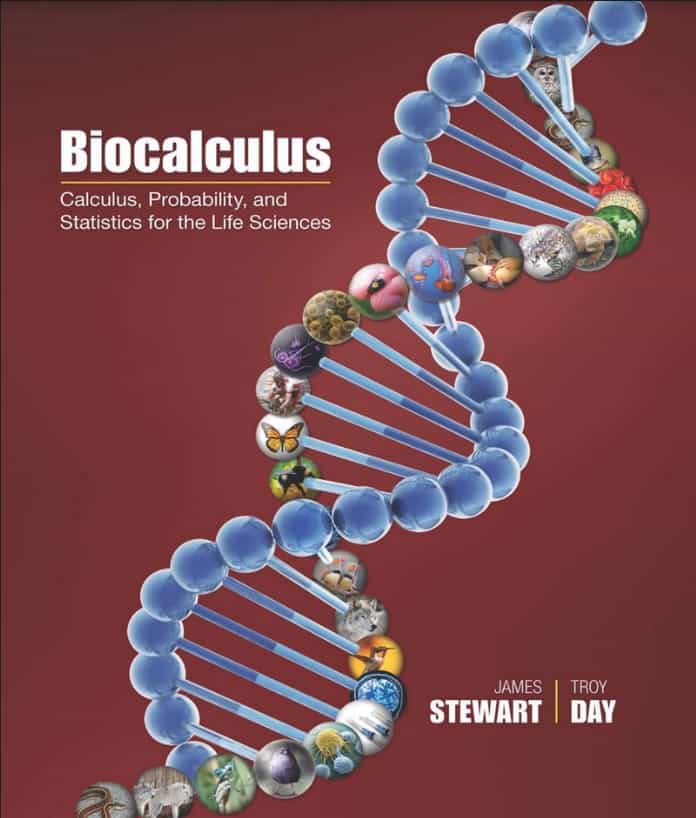

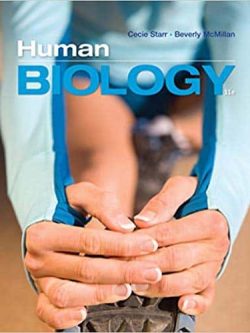
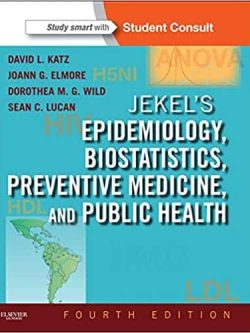
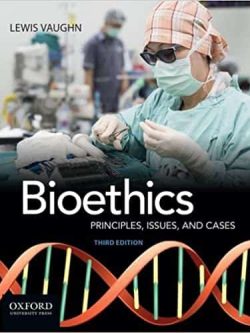
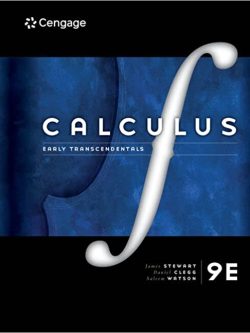

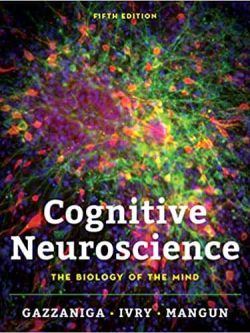

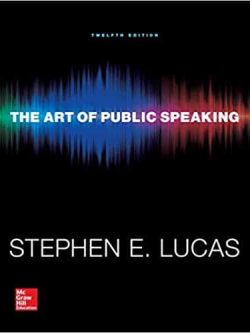
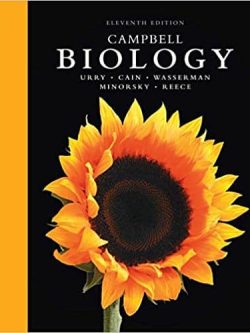

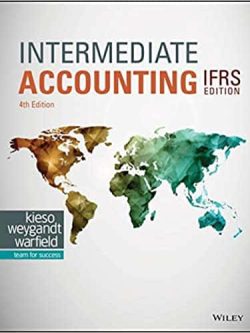
Reviews
There are no reviews yet.